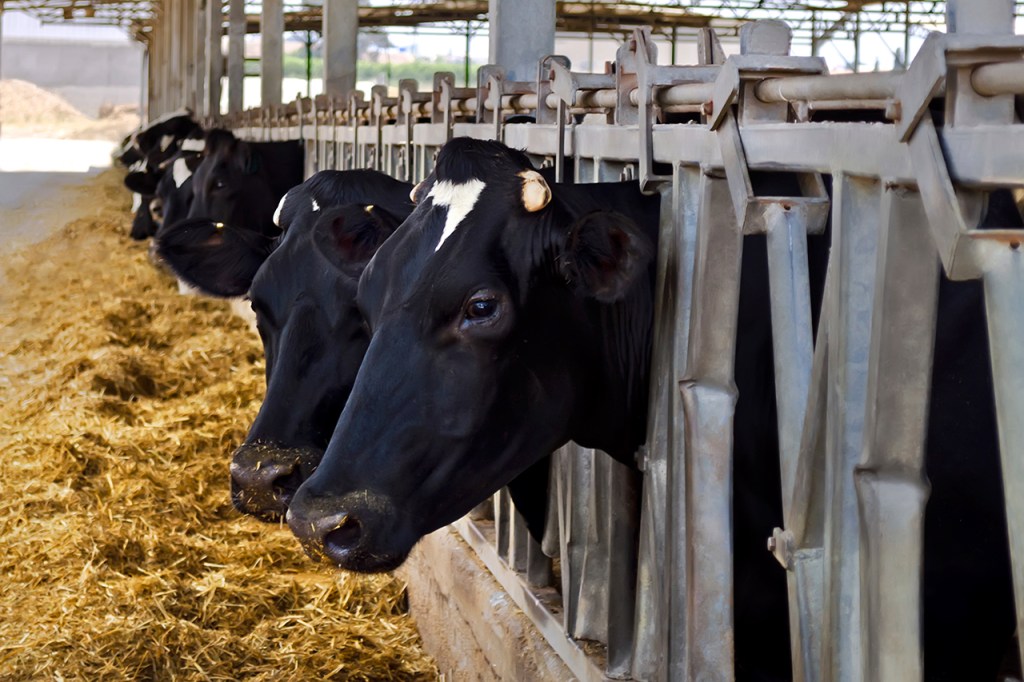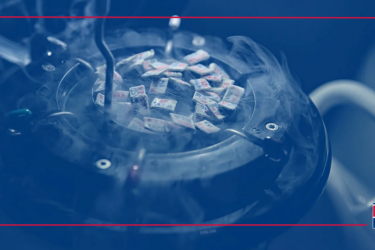Written by Anibal Ballarotti for Progressive Dairy
A “do-not-breed” or DNB cow is a code in the dairy herd that allow managers to identify animals intended to be out of reproduction and that should leave the herd as soon as they reach the point of milk production where they are no longer able to cover costs.
It is crucial to identify DNB cows as early as possible to maximize profit. If the animal is to be replaced, the DNB cow should be excluded from the breeding program and from reproductive assessments, such as the herd’s 21-day pregnancy rate (PR). These days, PR is defined as the proportion of eligible cows that become pregnant each 21-day cycle; it is the preferred parameter for evaluating reproductive performance.
[READ: Make Matings with Intent]
This criterium is less biased than conception rate, which calculates those pregnant as a portion of all that have been inseminated, or either days open or in the calving interval. The PR considers all eligible cows and not only the ones inseminated. Also, PR usually entails less lag than the calving interval and is not limited to measuring only achieved pregnancy. So, our first conclusion here is that cows coded as DNB should not be considered eligible for breeding and should not be included in the PR calculation. This assures that they do not unfavorably bias the reproductive evaluation.
Don’t make these costly mistakes
However, this raises an issue: Before making the decision to DNB certain cows, the manager may think an open cow is not worth much money and decide to continue to breed her “just one more time because of her good record.” That is the path to making an expensive cow, which is probably much less profitable than a replacement. Another situation is when the manager does not keep an eye on the ratio of DNB cows in the herd by postponing their replacements to meet certain targets for percent of DNB cows. In this case, we run the risk of misunderstanding what is considered more profitable than an average replacement cow. So, even when external consultants suggest a target for DNB cows, the manager should try to reduce the incidence of issues that are leading these cows to infertility, instead of implementing a percentage limit for DNB cows. In other words, we are increasing tolerance with a high proportion of cows that are just paying off their maintenance and often ignoring other costs, such as labor and facilities depreciation. A DNB decision should be handled on a case-by-case basis and not as an overall target for the herd.
Give every cow a financial value
These criteria to analyze cows on a case-by-case approach only work if the producer can choose when and which cows will be replaced, known as a voluntary culling. It is important to give every cow a financial value if a rational decision is to be made with respect to retaining a given animal or not. There are multiple methods and formulas that have been developed to estimate and project the value of a cow. They may be based on her lifetime performance, including health and reproductive status. Among the many variables to be considered when estimating the value of each individual cow, we may wish to include future expected production, age, feed costs, current days in milk (DIM), pregnancy status, possible diseases, historical somatic cell count, price of milk, the value of cull animals and the cost of an average replacement. It is not our intention to address in detail these calculations here, but we will note that the VAS DC305 software can be helpful to do that. The University of Wisconsin also offers a calculator to determine that value.
[READ: 5 Ways You are Creating Infertile Cows]
Identify DNBs ASAP
Besides providing each cow an estimated financial value and projection, it is essential to identify DNB cows as soon as possible. In a well-managed herd, voluntary cull animals are identified early in lactation, and when they are coded as DNB, no more reproductive expenses are allocated to them. Many strategies may be used to arrive at the decision to DNB a given cow. The most common factors used to make that decision include certain cut-offs in DIM with cows still open, the number of inseminations, as well as milk production. Regarding DIM, successful dairies stop breeding cows in between 180 and 220 DIM, or after four or five services.
As previously mentioned, some dairies allow exceptions and extend the number of DIM or services in higher-producing animals. In general, they use some type of timed A.I. program, possibly a progesterone device and perhaps inexpensive beef semen, in a last effort to get that cow pregnant. After making the DNB decision, an attentive manager will keep an eye on milk production that could justify retaining the animal in the herd. That milk production level varies from herd to herd, but can roughly be from below 75 to 100 pounds, according to the management decision.
Other reasons to DNB a cow
Combined with the main reasons to DNB a cow that we just mentioned, there are other factors that may be considered in the overall criteria and cannot be ignored. These include a locomotion evaluation (the condition of the animals’ feet and legs), mammary structure (weak ligaments), udder health (number of clinical mastitis), calving difficulty (cases of dystocia), poor reproductive evaluations (uterine adhesions or abnormalities), cystic and repeat breeders, over-conditioned animals and even rough temperament (aggressive and dangerous cows).
Whatever criteria you want to use or combine to DNB your cows, keep in mind that you must hold animals that are still more profitable than an average replacement, not considering only feeding costs, but also other hidden expenses that may be reducing profits. To gain a better understanding, you should know the value of your cows and whether replacements are available at a relatively inexpensive cost. It may be that a higher proportion of cows should be coded as DNB earlier in lactation to avoid unnecessary expenses connected to pointless reproductive efforts.
Anibal Ballarotti. Consultant – ABS Global.
Originally published in Progressive Dairy







